I was out at Lema Ranch checking on Bluebird houses Sunday and heard the rattling commotion of the Belted Kingfisher (Megaceryle alcyon). I turned to see three Kingfishers flying in and around a willow tree overhanging Secluded Pond, one of the five ponds on the property. Click on photos for full sized images.

Well, I’ve never seen more than two Belted Kingfishers in one place and they were chasing each other. You see, the Belted Kingfisher is a solitary bird that vigorously defends its territory, except during breeding season, which of course, this is.
Diverting my attention from the (what I later discovered was an empty) Bluebird nest box, I slowly made my way toward said willow tree trying not to spook the birds. Belted Kingfishers notoriously flush easily and I really wanted to see what was going on.
This is what I found. “My parents told me to stay here and be quiet.”
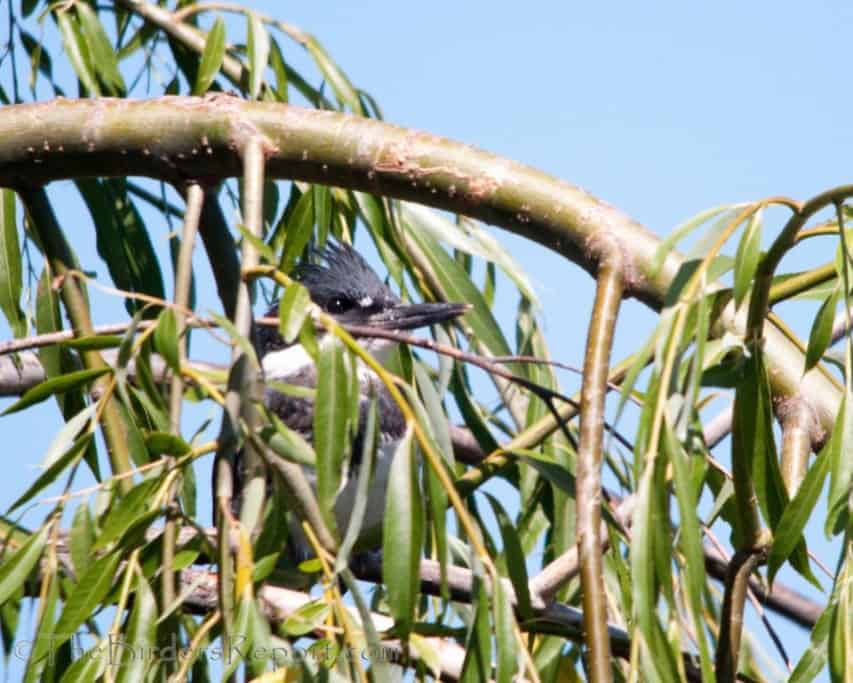
Hidden among the willow branches was the juvenile Kingfisher. It wasn’t easy to spot, even though I saw exactly where it was from my prior location.
Fledglings leave their burrow nest 27 to 29 days after hatching and stay with their parents, who feed them, for about 3 weeks.

This is the video I shot of the youngster being fed. I couldn’t tell if it was the male or female feeding the fledgling, or what it was being fed (probably a fish), but it was a pretty noisy affair.
Several minutes after being fed, the adult female flew back up and perched with the fledgling where they both preened and bobbed and displayed other Belted Kingfisher behavior.
The adult male flew by and even landed somewhere in the tree I think but never perched with mom and the youngster while I was there. Of course they did call back and forth.
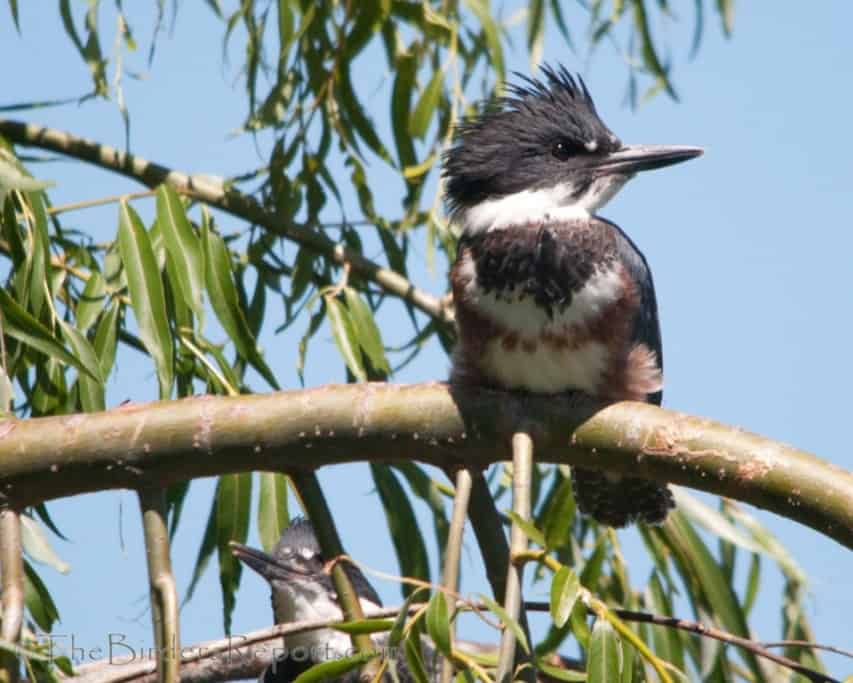
For more more up to the minute news on bird conservation issues, check my “Birds in the News” page, brought to you by the American Bird Conservancy. You will also find posts on local birds and birding in California on my blog The Birder’s Report.
Larry Jordan
Larry Jordan is an avid birder and amateur photographer living on the Pacific Flyway near the Central Valley of Northern California. He is a board member of his local Audubon Society and is a bird and wildlife conservationist. Larry contributes to several wildlife conservation organizations and is a BirdLife International "Species Champion." He is also Habitat Manager for the Burrowing Owl Conservation Network, an organization dedicated to the protection and restoration of the Western Burrowing Owl population in the United States. Larry has been blogging about birds since September of 2007 at TheBirdersReport.com
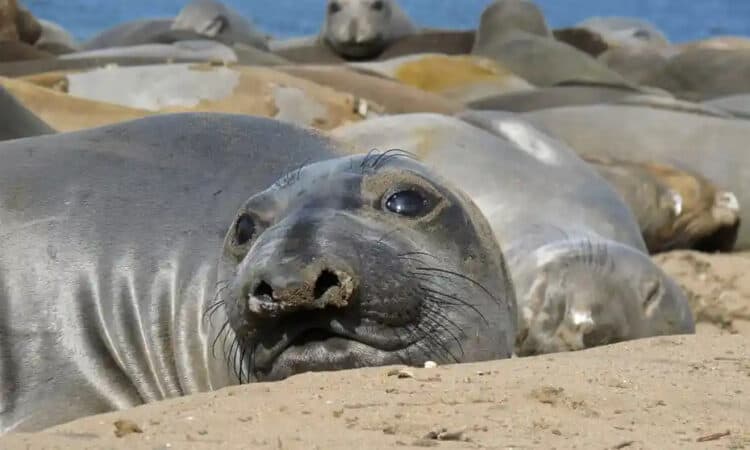
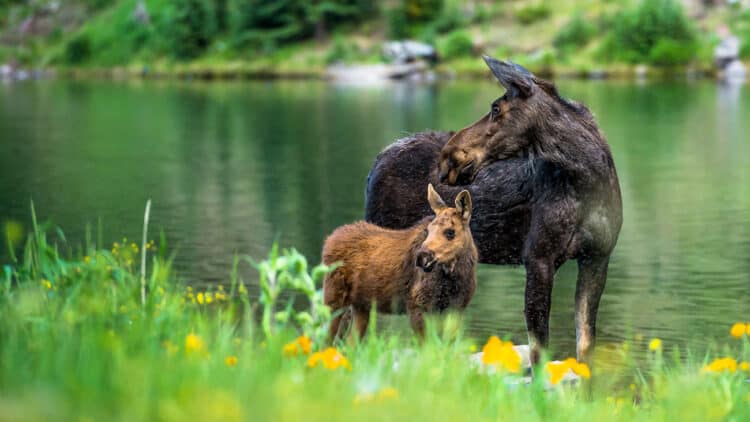
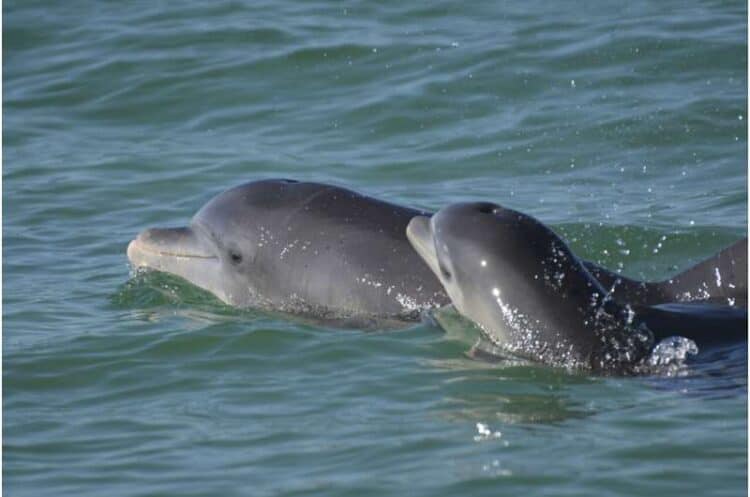
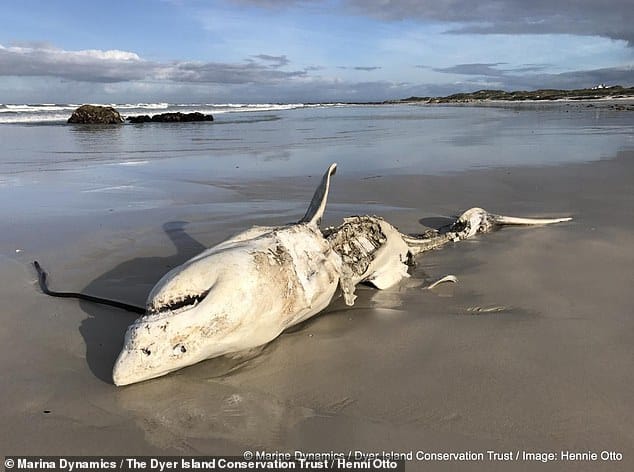


Leave a Reply